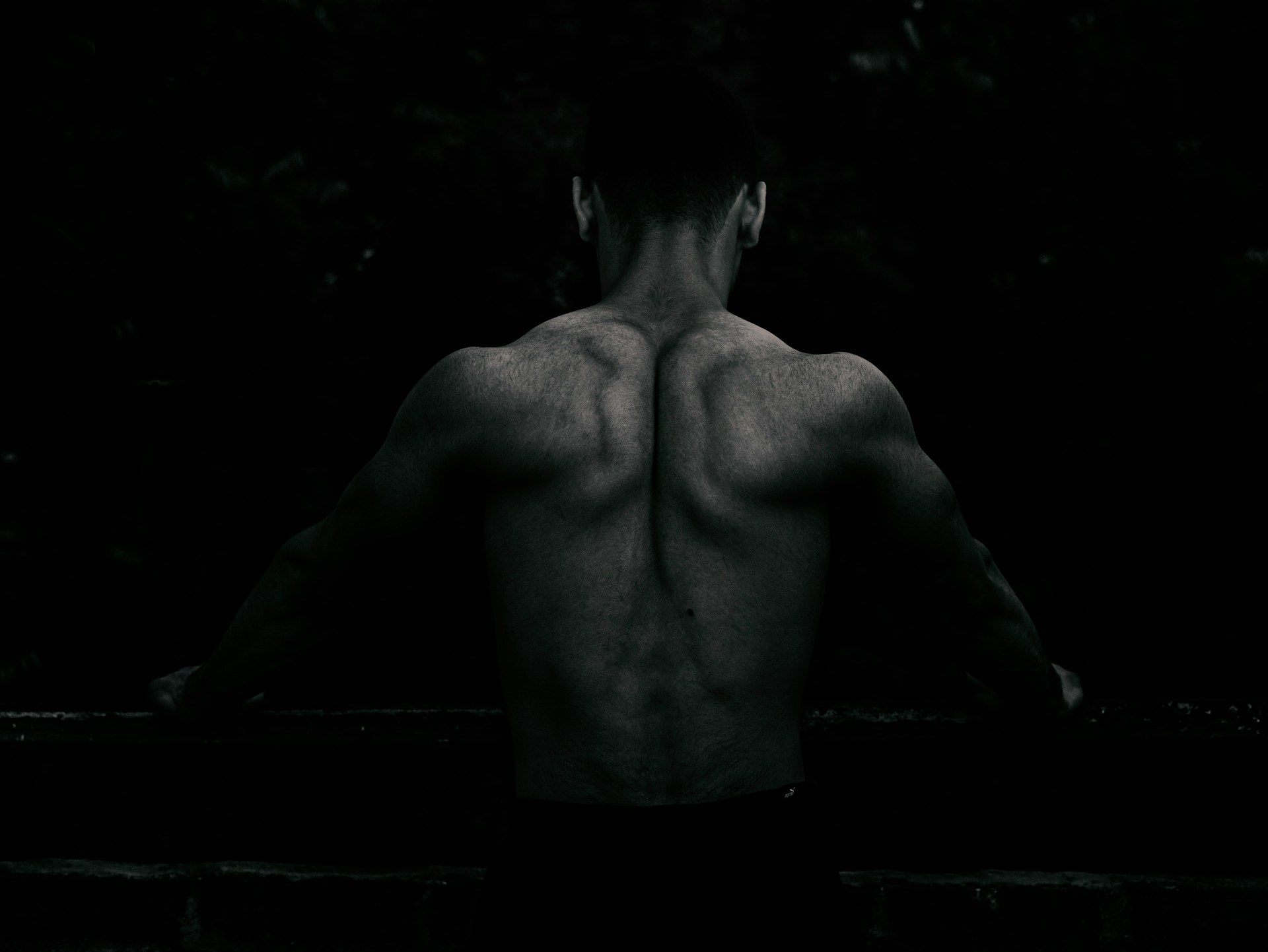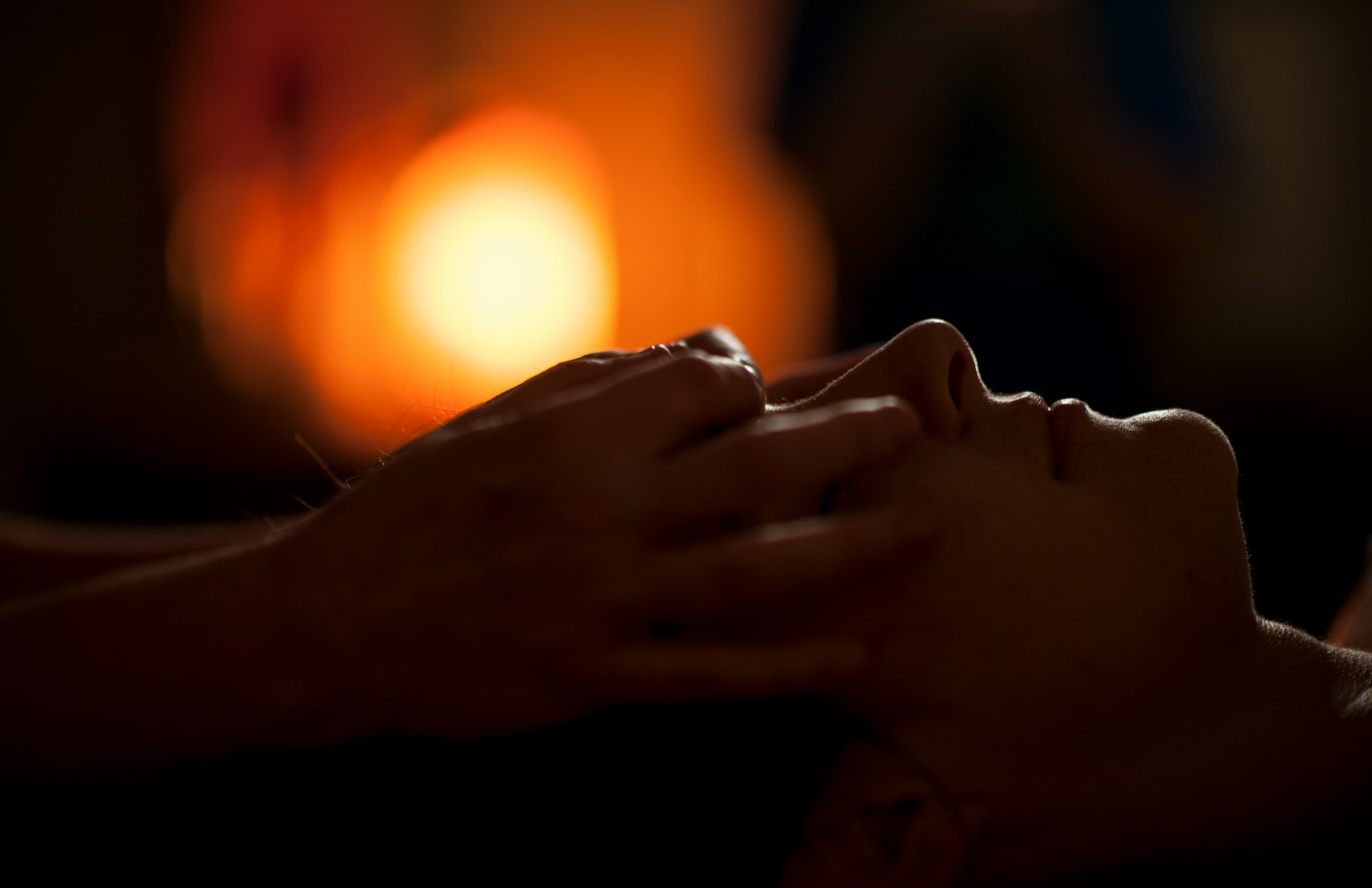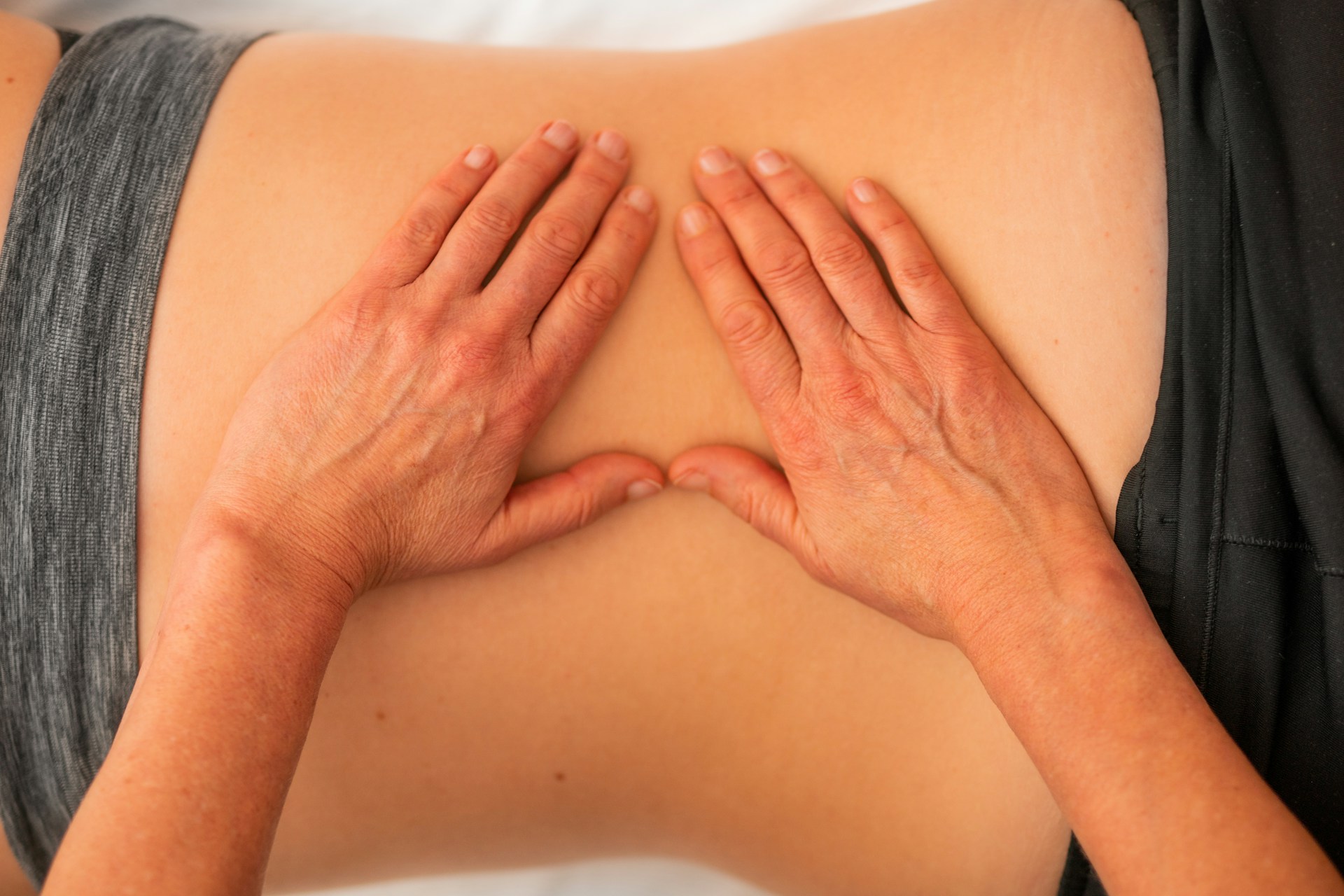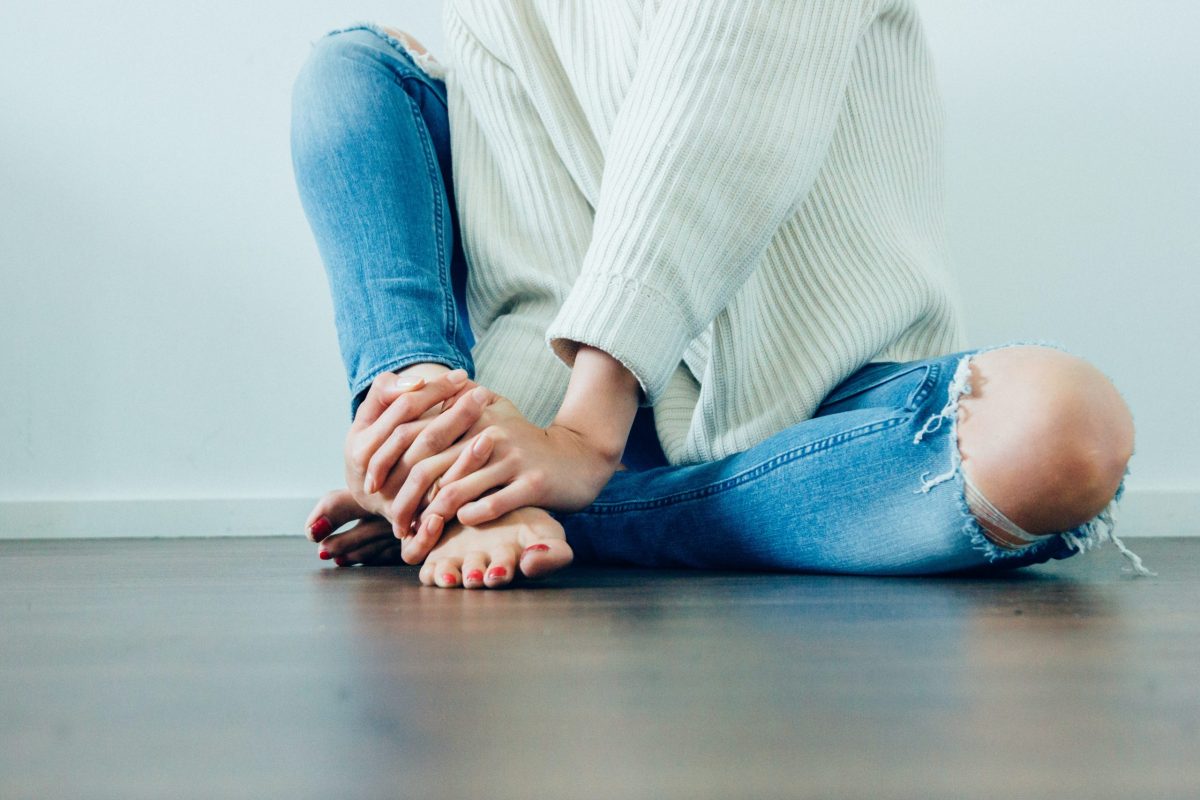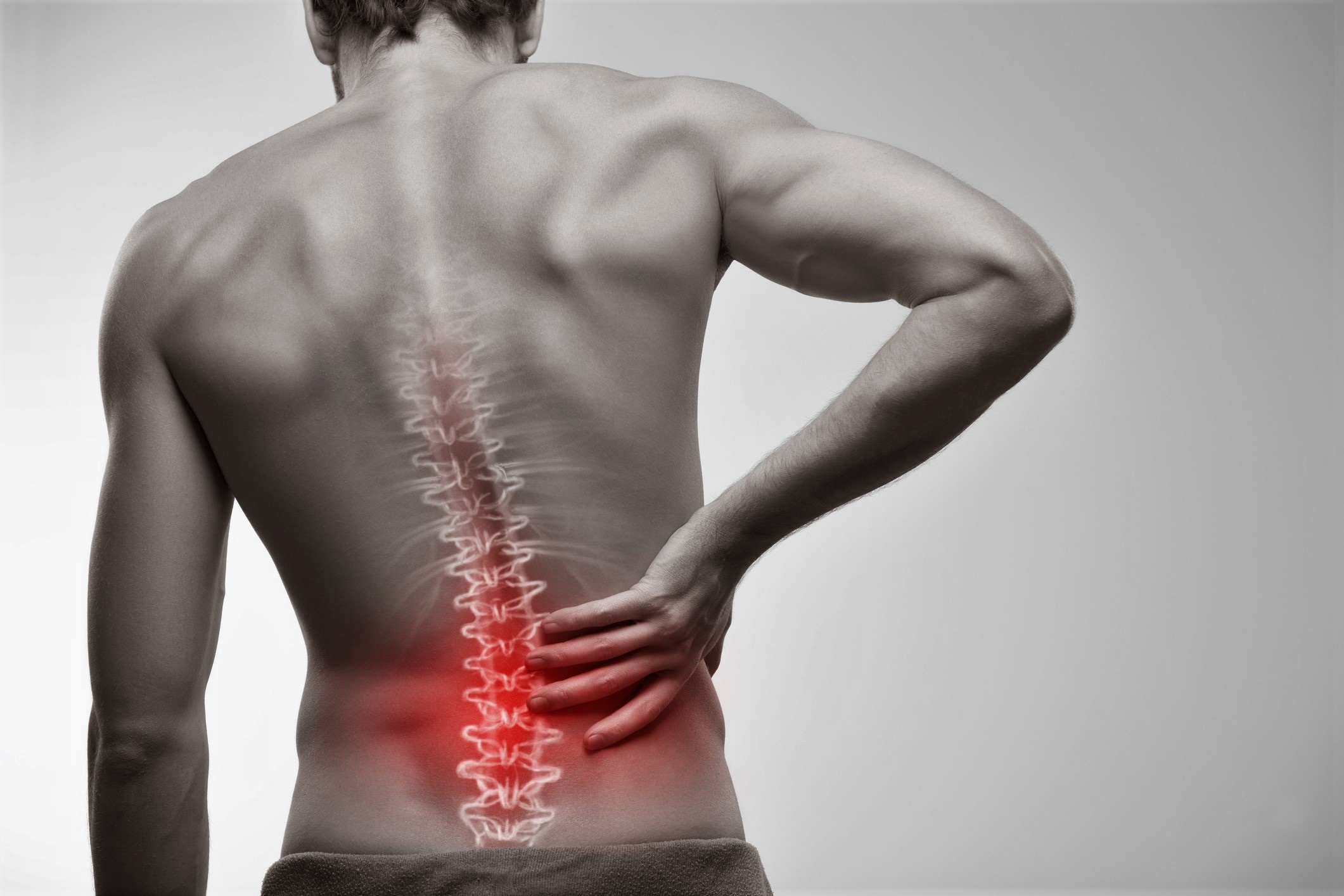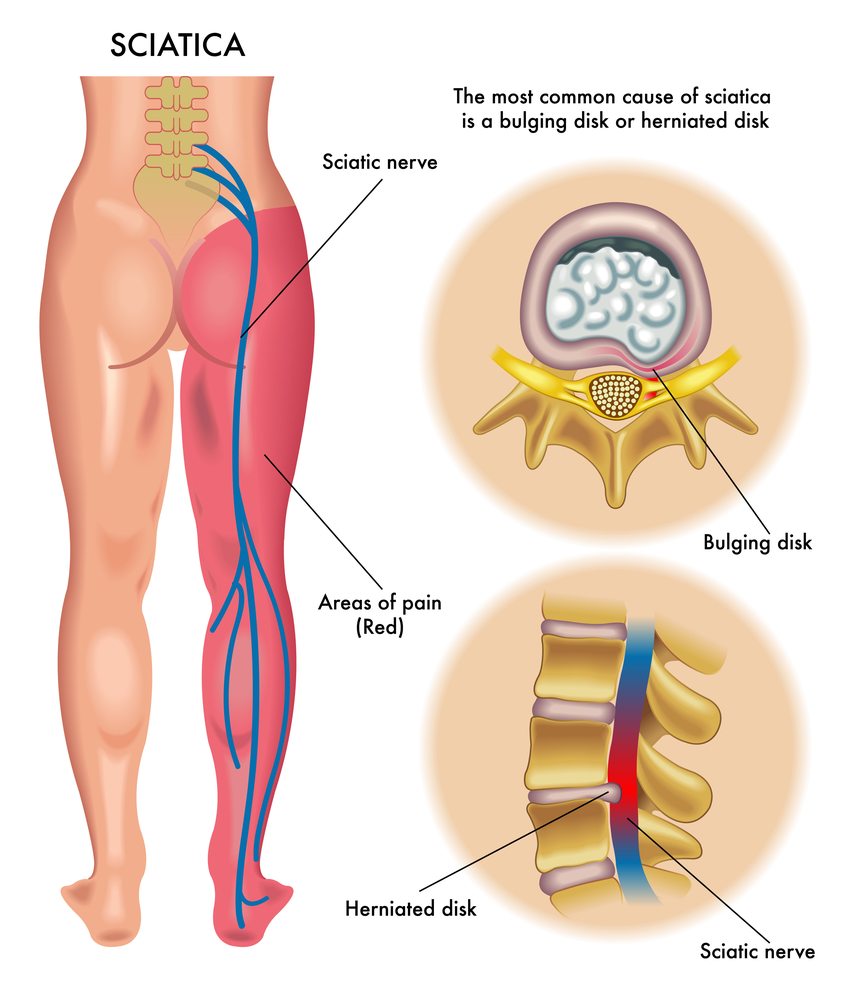Sciatica
How to Sleep with Lower Back Pain and Sciatica Nerve Pain Relief At Night

What is sciatica? Sciatica is a pain that shoots down the leg, caused by pressure on the sciatic nerve. It’s no surprise that sciatica patients often suffer from sleep problems and back pain as well. But don’t worry – there are many different things you can do to get a good night’s sleep with sciatica! Below you will find some tips for sleeping with sciatica and information on sciatic nerve pain relief at night.
How Do You Relieve Sciatic Pain While Sleeping And Get
Sciatic Nerve Pain Relief At Night?

Tips for sleeping mattresses – sleeping with sciatica
Mattress
You might not have sciatica caused by your mattress, but it could aggravate the pain. If you have trouble sleeping because of sciatica, you might want to consider an orthopedic bed. The shape of a memory foam mattress can quickly deteriorate, making it impossible to support the spine properly.
Avoid Soft Mattresses
Avoid beds that are too soft. Overly soft mattresses can cause your spine to slip out of alignment as a result of your body sinking into them. This can also result in irritation in the sciatic nerve.
If your mattress is too soft, you can place a plywood board between the foam and the box spring. The mattress can also be placed on the ground.
Use Medium-Firm Mattresses
Medium-firm mattresses are best for different sleeping positions. When improving sleep quality, alleviating sciatic pain, and spinal alignment, medium-firm mattresses are most effective.
Firm mattresses that are too firm are unsuitable for side sleepers. At the same time, beds that are too soft can cause a misalignment in the spine. Choosing a medium firm mattress can prevent suboptimal spinal alignment and inflammation in the sciatic nerve.
Tips for sleeping pillows
Pillows
Use A Body Pillow
If you are prone to sciatica pain, consider getting a body pillow. Having a body pillow can help you avoid flipping from your side to your stomach while you sleep.
If you suffer from sciatica, fall asleep on your side with a pillow between your knees. By putting a pillow between your knees, it helps keep your spine, hips, and pelvis aligned.
Consider mimicking the same sleeping position without a pillow if sleeping with one seems bulky or uncomfortable. Mimicking the position even without a pillow promotes a good alignment between the spine, hips, and the pelvis. This position can also relieve hip pain.
Avoid Fluffy Pillows
Avoid sleeping on fluffy pillows. Sleeping on pillows with no support is common for many people, but it does not help with sciatic pain. It is highly beneficial to align the cervical spine with pillows that give support to reduce lower back pain.
Use A Neck Pillow
You can prevent neck pain and lower back pain with a supportive, high-quality neck pillow. A good neck pillow will help achieve a more comfortable position for sleeping. Neck pillows also promote pain relief in both the neck and back.
A Warm Bath
Warm baths ease tension, reduce chronic pain and release endorphins, which help the muscles around sciatic nerves relax. Your bath water should not be extremely hot as this can cause tension instead of pain relief.
If you want to alleviate back pain without taking a warm bath, you can place a hot water bottle on your lower back. Make sure the temperature of the water bottle is warm and not hot.
Stretches
Simple stretches before bed can reduce sleeping with sciatica pain. However, exercising before bed is not recommended since the adrenaline rush can keep you wide awake.
What Is the Best Position to Sleep With Sciatica Pain?
Tips for sleeping with sciatica – sleep positions
Put a pillow between your knees
It may be beneficial to sleep on your side to prevent sciatic pain. Placing a pillow between your legs or knees helps relieve pressure on the spine if you are a side sleeper.
Your pelvis and spine are more likely to remain in a neutral position if you place a pillow between your knees. Additionally, it keeps your legs from rotating while you sleep.
Elevate Your Knees
Some people with sciatica do not feel comfortable enough when sleeping with a pillow between their knees or a pillow under your knees.
Bend your knees a little when lying on your back. As you adjust the position, place a pillow under your knees and add more pillows until you are comfortable.
Sleep On your side
By sleeping on your side, you may find that you experience less pain as the pressure off your irritated nerve is relieved, especially if you sleep on the side opposite from where the pain occurs.
When sleeping, one can improve comfort and relieve back and hip pain by placing a pillow between their knees. You can rest comfortably if you use a pillow to relieve pressure on your hips and align your pelvis.
Adding a small pillow behind your back could provide you with additional support. Furthermore, this keeps you from rolling over.
Curve it forward
If you have spinal stenosis, you may be able to benefit from bending forward slightly. The narrowed spaces in the spine can be opened by bending forward.
You can support your torso and head with a large wedge-shaped pillow.
It is also possible to mimic sleeping positions as if you are on your back in a recliner or adjustable bed with your head elevated or sleeping in a fetal position (on your side, with your knees bent).
Fetal sleep position
By opening up space between your vertebrae, the fetal position can help reduce pain caused by herniated discs. However, some people also find that it makes their back pain worse.
If you sleep position is the fetal position, you open the space between the vertebrae, relieving pressure.
Consider trying one of the other positions on this list instead of the fetal position if you experience discomfort.
Sleep on the floor
A soft surface can cause your spine to bend out of alignment. It is possible that sleeping on the floor will help keep your spine properly aligned.
Avoid Sleeping On Your Stomach
If you suffer from sciatica, you should avoid sleeping on your stomach and sleep on you back. Stomach sleeping is considered the worst sleeping position.
This unpleasant position flattens the spine’s natural curve, and when your head is tilted to one side, it strains the neck. It’s better to avoid this position, even if it relieves sciatica so that you do not suffer future back or neck trouble.
In case you can only sleep on your stomach, place a small pillow under your abdomen. Those with degenerative disc disease will find this particularly helpful.
Back sleepers and stomach sleepers can be at greater risk of lower back pain. A possible cause of this is an increase in pressure in the small joints of your spine.
Use A Tennis Ball
Using a tennis ball is an option to consider if a pillow does not work. Put a tennis ball in the pocket of the side you do not want to sleep on. Due to the discomfort of the tennis ball, you’re less likely to shift to one side.
Experimenting with sleeping positions
No one sleeping position, mattress, or pillow is perfect for relieving sciatica pain. It doesn’t mean, however, that you’ll suffer in silence night after night. Getting assistance from a physical therapist will help you find the correct sleeping position.
Start with good spinal alignment.
To start, test whether sleeping with a straight back is comfortable for you. Having the spine in a neutral sleeping position is helpful for many people.
Why Does Sciatica Hurt More at Night?
Numerous factors can make sciatica worse when lying down.
Because the lower back curves inwards more than usual, there might be extra pressure on the lower back.
Additionally, lying down can pinch the sciatic nerve, causing pain to spread from the lower back to the thighs.
During the day, your body gets used to certain back positions. Therefore back pain becomes more pronounced in the middle of the night when you lie down.
As a result, it is essential to use pillows to provide additional back support and knee and leg support.
Can Sciatica Be Cured?
It Sometimes Goes Away On Its Own
A few weeks of home remedies are usually enough for people with sciatica to feel better. A doctor will first recommend exercise and physical therapy if your back pain is relatively mild and prevents you from doing your daily activities.
Stretches and Exercise
By combining stretching and exercises with improving posture, a physical therapist can alleviate pressure on your sciatic nerve. With lower-back stretches, you can ease your sciatica and back pain.
Warm And Cold Packs
Warm and cold packs can also help. Each should be applied to your lower back several times per day for several minutes. Initially, cold packs are used, followed by heat packs.
Medication
As far as medicines are concerned, over-the-counter pain relievers and analgesics are best. The pain relief offered by Acetaminophen and NSAIDs (nonsteroidal anti-inflammatory drugs) can be beneficial, but they should not be used for extended periods.
The injection of steroids into the epidural space can also help reduce nerve root inflammation and lower back pain associated with it.
Surgery
Approximately 5 to 10% of sciatica sufferers turn to surgery as a last resort. A doctor might recommend surgery if you continue to suffer from mild sciatica despite rest, stretching, and taking medication for three months.
When Should I Go to ER for Sciatica?
Sciatica symptoms and signs rarely result in medical emergencies, but there are times when they can be serious.
Sciatica can be excruciating and alarming but is generally not severe. If you experience any of the sciatica symptoms listed below, you should ask for medical assistance and attention right away.
Intolerable Pain On Both Legs
A sharp pain traveling down your leg or down both your legs is the most commonly reported symptom of back pain, and it may indicate more serious complications. Usually, this complication results from a sciatic nerve injury in the lower back.
Bilateral sciatica occurs when the pain affects both legs at the same time. The condition may result in bladder and bowel dysfunctions.
It’s also possible to notice a malfunction or altered sensation in your genital area, which is indicative of cauda equina syndrome.
Numbness
If you have lower body numbness, particularly in your legs, and your back hurts, then you need to see the nearest emergency room. Nerve damage to one or more lumbar nerves can cause numbness in the lower body.
Sudden Pain In The Lower Back
The harmless back pains that result from intensive physical activity typically disappear after a day of good rest.
You must contact the nearest emergency department if you have experienced sudden, extremely severe back pain without engaging in any physical activity. The pain in your back might indicate you have a problem with your back muscles or even your spinal cord.
Loss of bladder control
If you also experience bowel or urinary incontinence, in which you lose control of your bladder and bowels, you should seek medical attention at the emergency room as soon as possible for treatment.
Conclusion
Sleep is essential to our health, so we should make sure we are well rested even with sciatica pain. The best sleeping position to alleviate sciatica symptoms is the one that can promote sciatica relief and a good night’s rest.
There is no one right position or solution. To have better sleep and comfortably rest with sciatica, you should incorporate a combination of solutions: good sleeping habits, a good sleep environment, following a sleep schedule, and finding the optimal sleep position.
In looking for the perfect sleeping position for you, take note of spine alignment and pressure points.
Using a wide range of pillows has also been seen to have helped many patients. Medium-firm mattresses are the ideal choice when choosing a bed.
No matter what combination of sleeping habits you have, there is only one goal: to stay asleep, reduce pain levels, and go through the sciatica healing process with a night’s rest.








